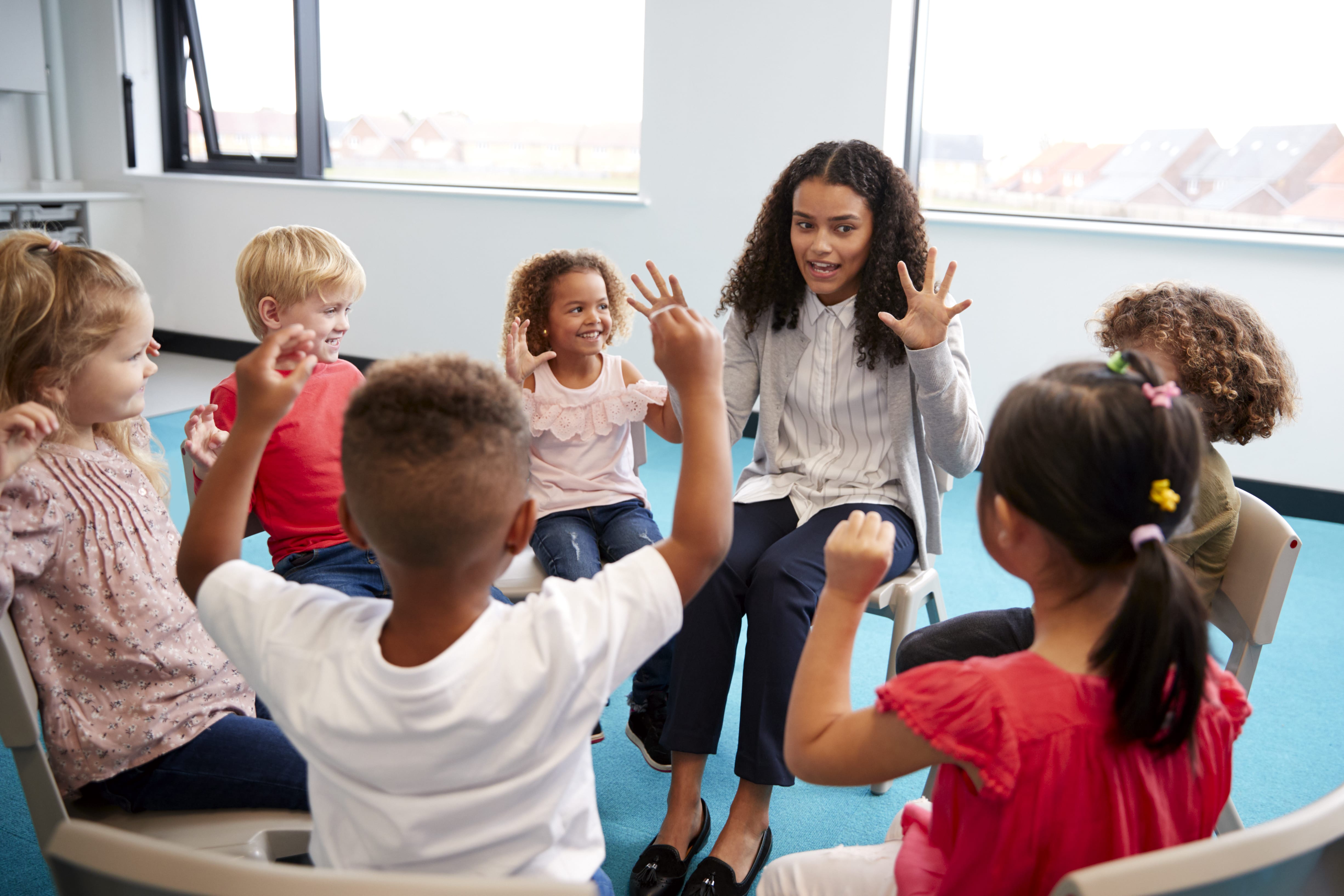

It's always great when you're having a conversation when you were able to work in breakouts and really collaborate on things.The education innovator came up with a plan the moment the pandemic struck. You know, just a one to many lecture has never been the most engaging thing.

And everything that we've talked about best practices on a video conference classroom, these are actually the best practices in a physical classroom as well. We're trying to match kids who need free tutoring and it's open to anyone with amazing volunteer tutors who are willing to provide these types of experiences. I have a separate school works project called SchoolHouse.World another nonprofit. You know, even on the Khan Academy side, we're creating new courses to make sure kids can fill in all the gaps they have, get ready for grade level courses. And we're seeing a lot of innovation out there. So we're seeing a lot of teachers try things, sometimes they're working, but it's OK if they fail. Teachers are trying new things and to some degree, they have more permission to innovate right now because the alternative is not that great. You know, as suboptimal as the situation is, it's putting everyone into kind of this innovative, creative, experimental state. Yeah, yeah, I think that's the interesting thing. So that's a real good stopgap measure for the 5 or 10 percent of the population that we, frankly, I'm most worried about right now. And then there are kind of childcare folks there that can help make sure that the kids are on task in a COVID-safe way. So the teachers aren't there but the students can go there into a safe environment, they can get their meals with other whatever other social services they need. And so what they're doing is they're opening up the schools for distance learning. Now, at least someone, maybe it might be a two or three minute call, but they're checking in on you.Īnother really solid practice that I've seen is in Maryland, there's about 5 or 10 percent of the population that even when they're distributing laptops and getting internet connections, they just don't have the supports at home, they don't have the context at home. And in some ways, that might be better than what a lot of students were getting when you just show up and you're one of 30 kids in a classroom. The Phoenix School District has made a point of an adult from the district trying to call each kid at least once per day to ask exactly those types of questions. I've seen some districts do some things pretty well.


You're absolutely right, that just body language that affects that you can get when you're in the room with someone, it's much harder over video conference.


 0 kommentar(er)
0 kommentar(er)
